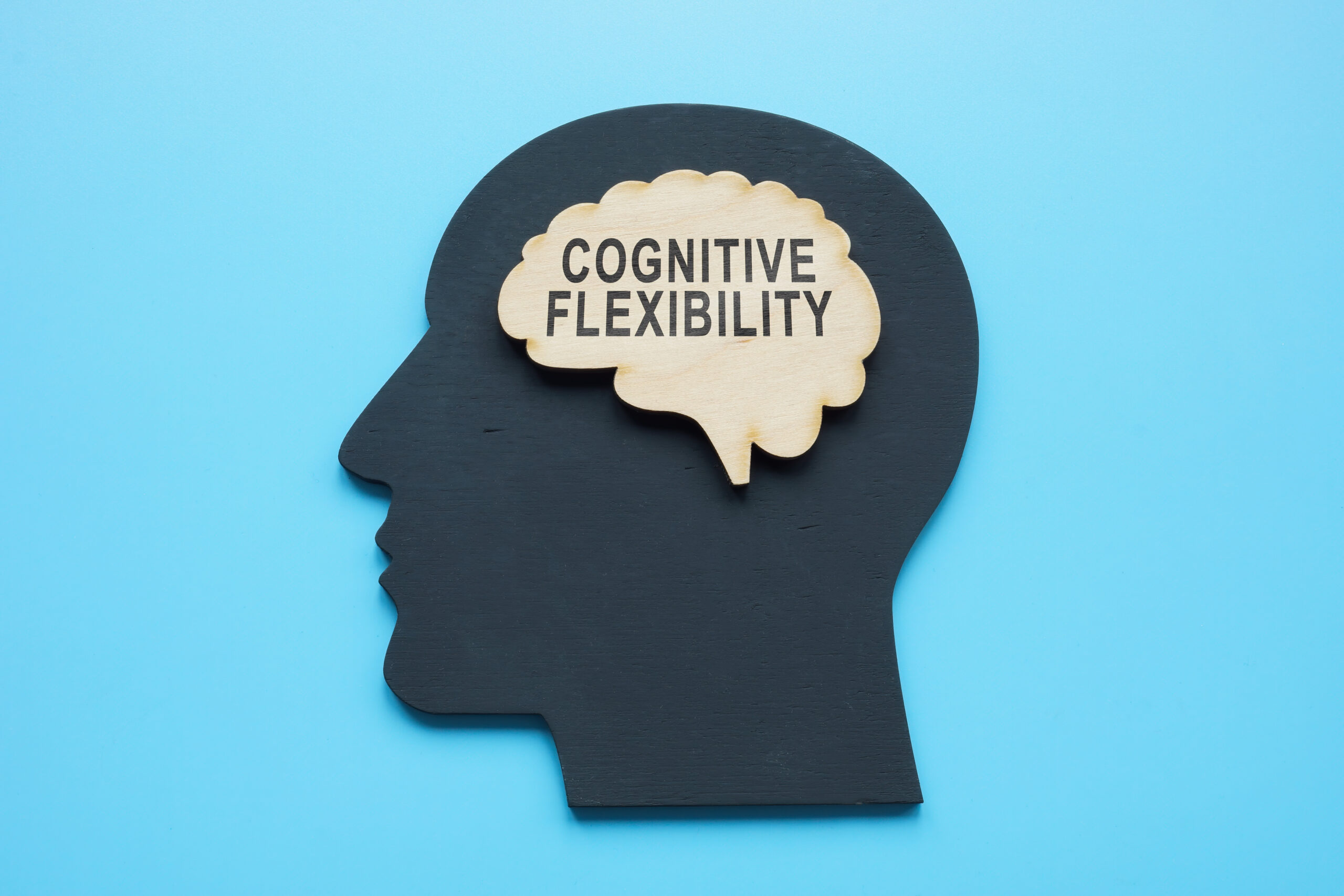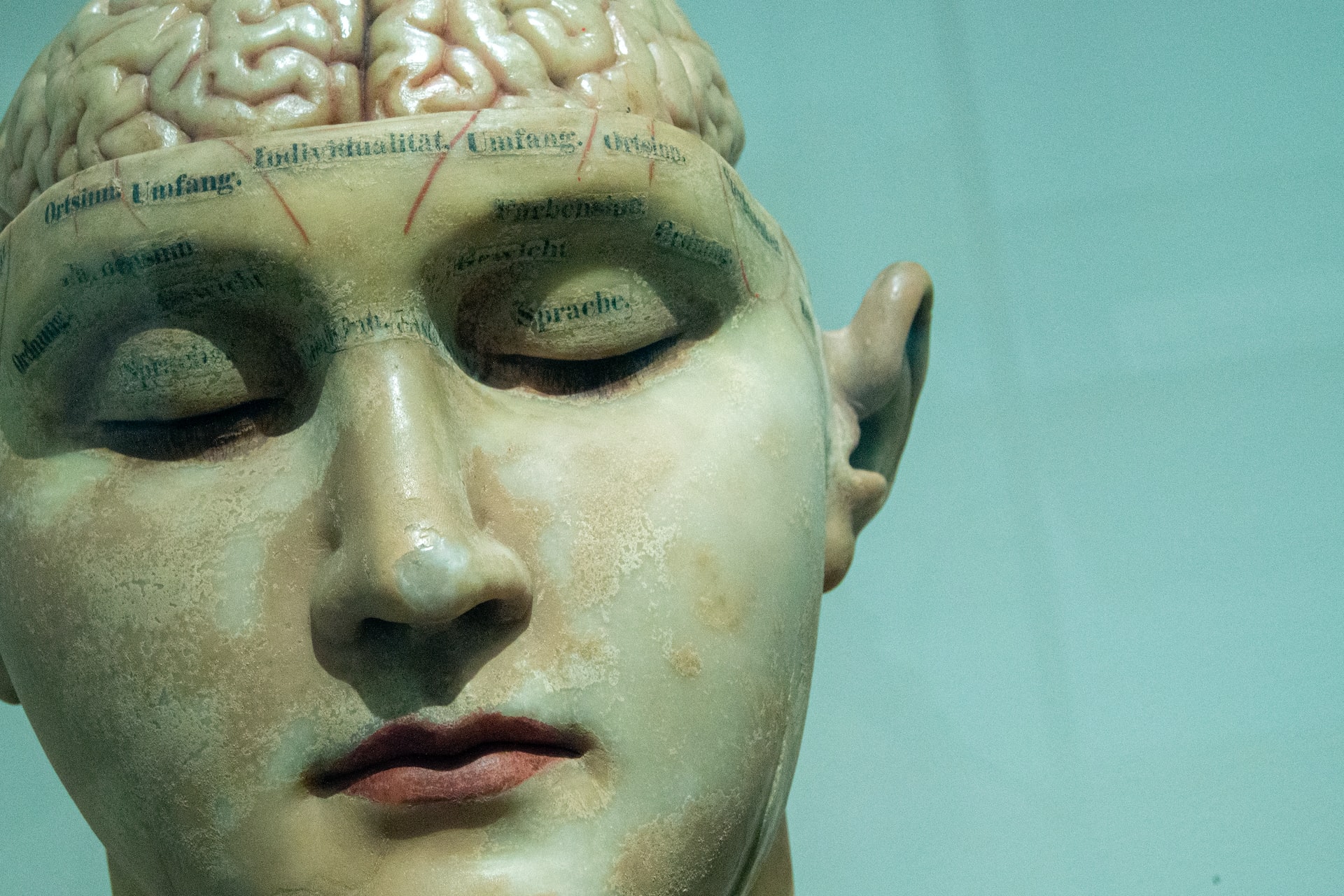Code-Blending in Deaf Alzheimer’s Communication
Code-blending is a unique form of communication used by individuals who are deaf and have Alzheimer’s disease. It is a method that combines elements of both American Sign Language (ASL) and spoken English to facilitate communication between the individual and their loved ones, caregivers, and healthcare professionals.
Deaf individuals with Alzheimer’s disease face a double challenge when it comes to communication. Not only do they have difficulties with memory and cognition, but they also have a language barrier due to their deafness. This can result in frustration, isolation, and a loss of connection with others. However, code-blending offers a solution that allows for effective communication despite these challenges.
At its core, code-blending is a process of merging ASL and spoken English into one cohesive form of communication. ASL is a visual-gestural language that relies on hand gestures, facial expressions, and body movements to convey meaning. On the other hand, spoken English uses auditory cues such as tone and inflection to communicate. By combining these two forms of language, code-blending creates a new way for deaf individuals with Alzheimer’s to express themselves and understand others.
One of the key benefits of code-blending is that it allows for a more natural and fluid conversation between the individual and their communication partner. For instance, imagine a deaf individual with Alzheimer’s trying to communicate using only spoken English with someone who is not fluent in ASL. They may struggle to understand each other, leading to frustration and miscommunication. However, with code-blending, the individual can use a combination of signs, gestures, and spoken English to better convey their thoughts and feelings. This not only makes communication easier but also helps maintain a sense of connection and understanding between the two parties.
Furthermore, code-blending can also help individuals with Alzheimer’s retain their ASL skills. As the disease progresses, individuals may start to forget certain signs or struggle to recall them. By incorporating ASL into their code-blending, they are able to continue using and practicing their sign language skills, helping to preserve their abilities for as long as possible.
In addition to improving communication, code-blending can also have positive effects on the overall well-being of individuals with Alzheimer’s. Deaf individuals with Alzheimer’s are at a higher risk of social isolation due to their dual communication challenges. Code-blending can help bridge this gap by enabling them to more easily connect with others, reducing feelings of loneliness and isolation.
However, like any form of communication, code-blending comes with its own set of challenges. One of the main challenges is finding a consistent and reliable communication partner who is fluent in both ASL and spoken English. This can be especially difficult for individuals who may not have a strong support system or access to resources that offer training in code-blending.
Another challenge is that the individual’s proficiency in both ASL and spoken English may vary, making it harder for them to switch between the two languages seamlessly. This can lead to confusion or frustration if the communication partner is not able to understand them.
Effective use of code-blending also requires patience, understanding, and adaptation from all parties involved. It may take time for the individual and their communication partner to get used to this new method of communication and find a rhythm that works for them.
In conclusion, code-blending is a valuable tool for individuals who are deaf and have Alzheimer’s disease. It offers a unique way for them to express themselves and maintain connections with others despite the language and cognitive challenges they face. With proper support and resources, code-blending can greatly benefit both the individual and their loved ones, enhancing their overall quality of life.





